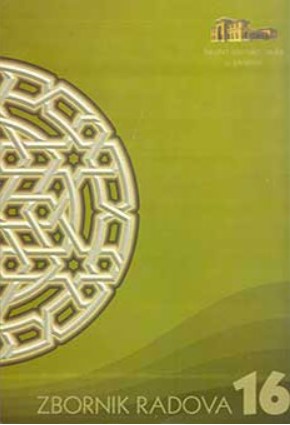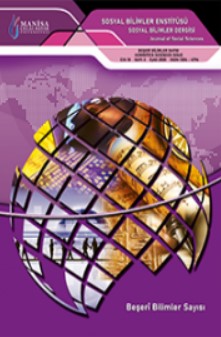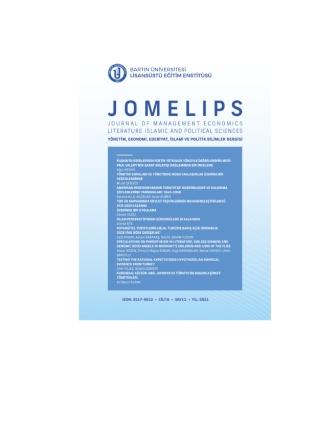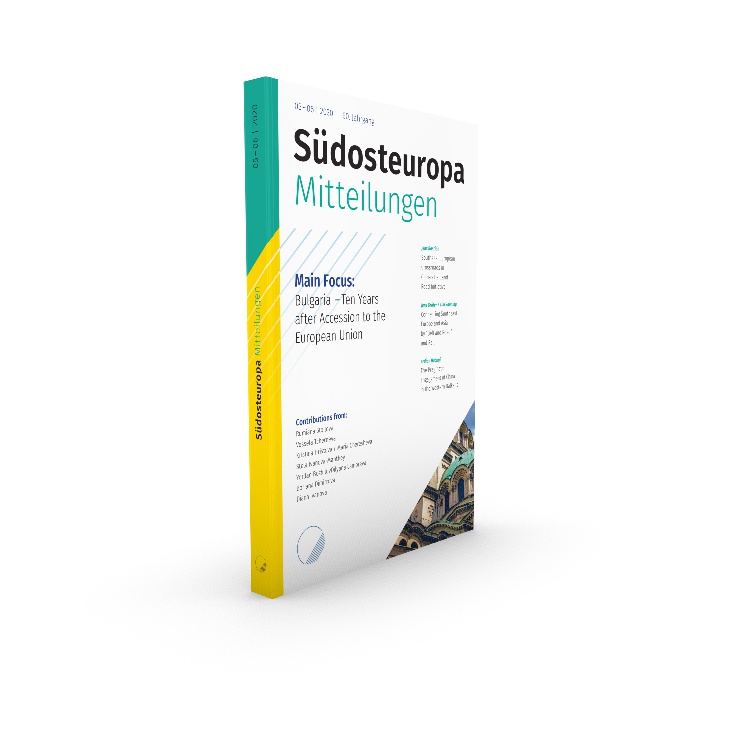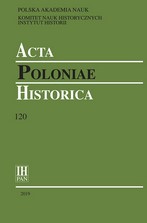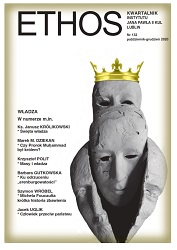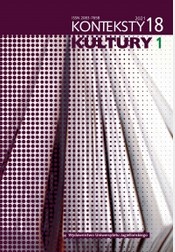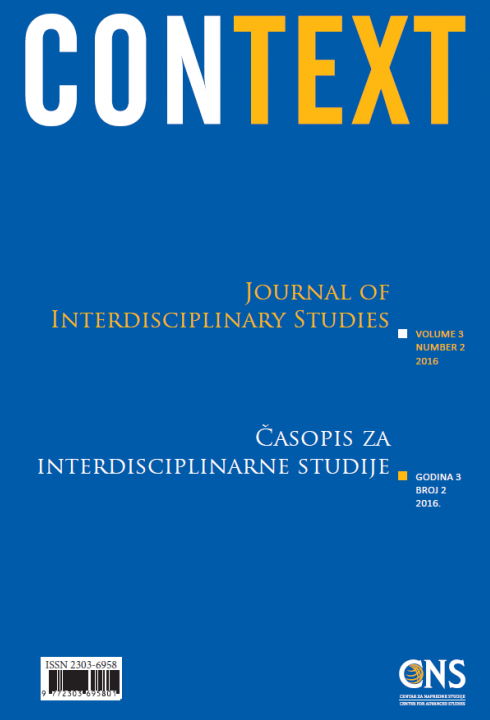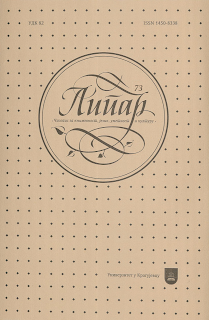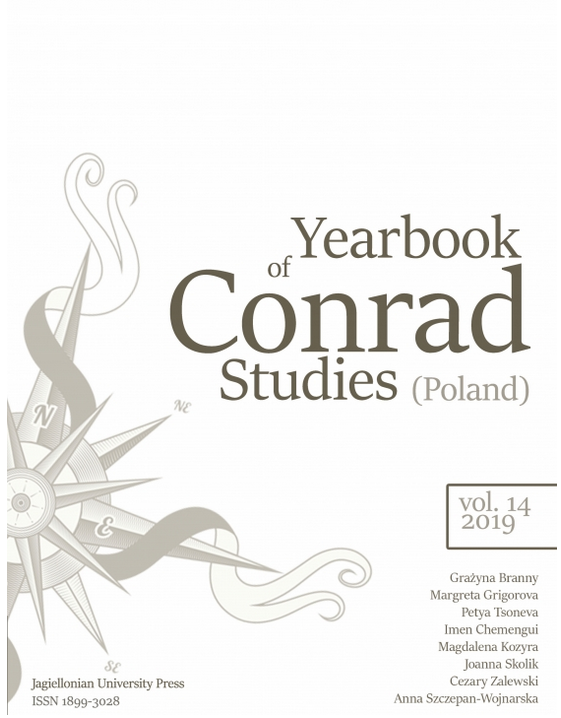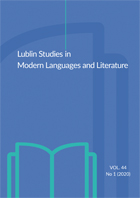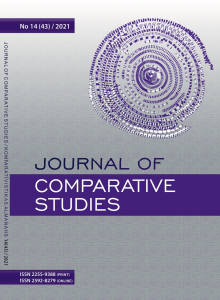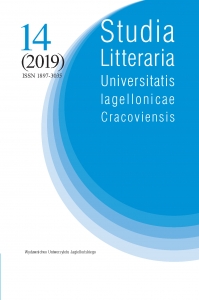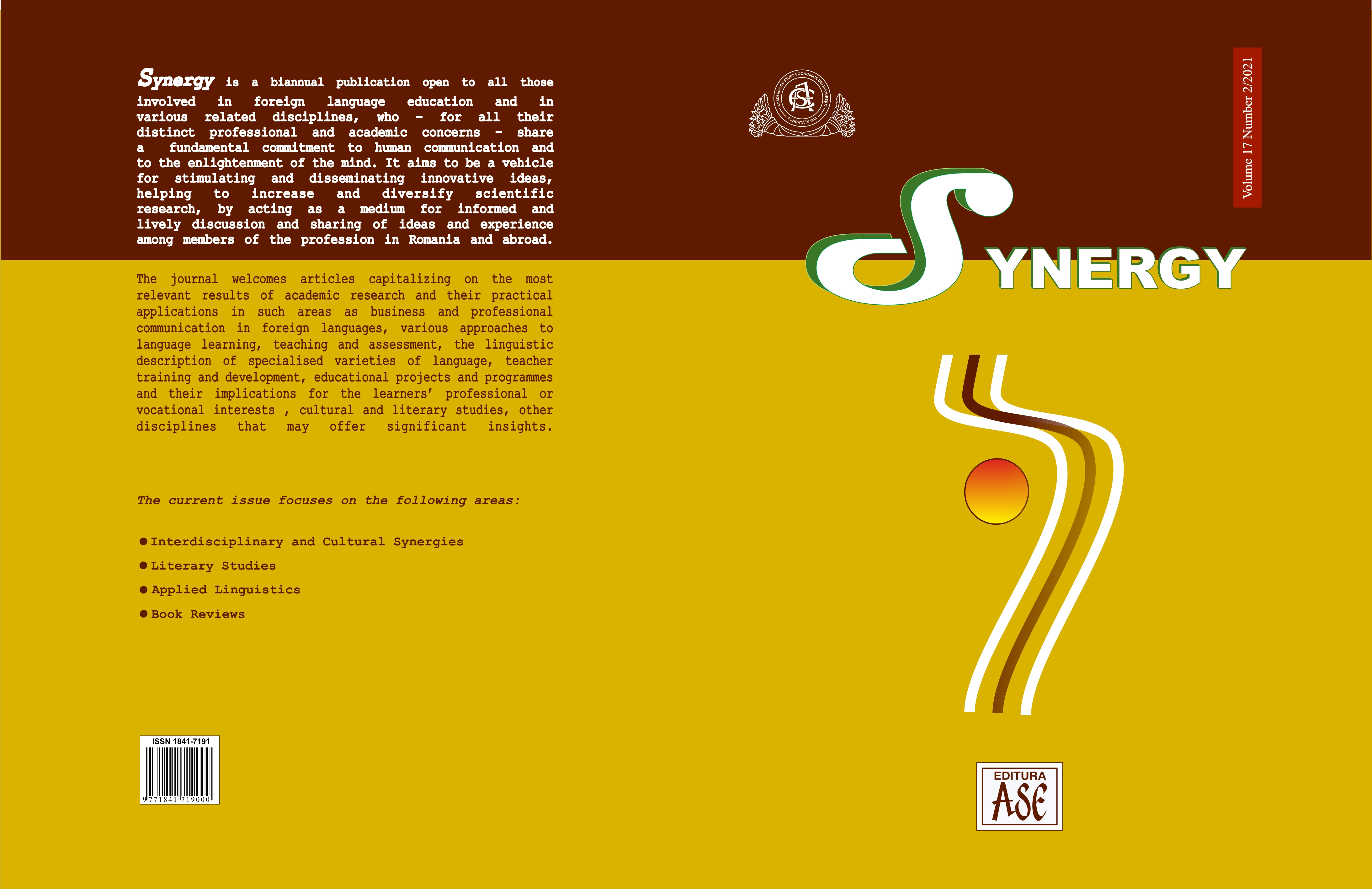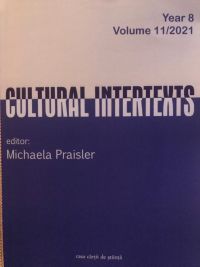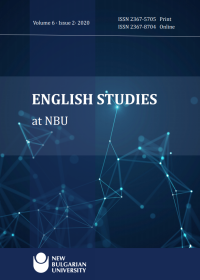
Enhancing Student Motivation in ESP by Increasing the Level of Engagement: A Proposed Model
The article considers the opportunity to enhance student motivation in the acquisition of English for specific purposes by increasing the level of learner engagement. The authors propose to use an interdisciplinary approach by applying tools that have been approved in marketing theory and practice for the management of consumer involvement in the purchasing process and adapting them to teaching ESP to increase course effectiveness. Marketing literature analysis reveals two important points. The first one is that in classical marketing, the concepts of enduring involvement and situational involvement are used and combined together to form a complex consumer response. In modern marketing, this complex response is called consumer engagement. The second point is that situational involvement plays a key role in shaping the complex consumer response. The authors' suggestion is to use situational involvement as the major tool for boosting student motivation taking into consideration factors such as the specific features of the new generations and the growing use of modern technologies in everyday communication and learning. A description of model tasks is given to exemplify their interdisciplinary nature as well as observations related to their use in class supplemented by student feedback.
More...
